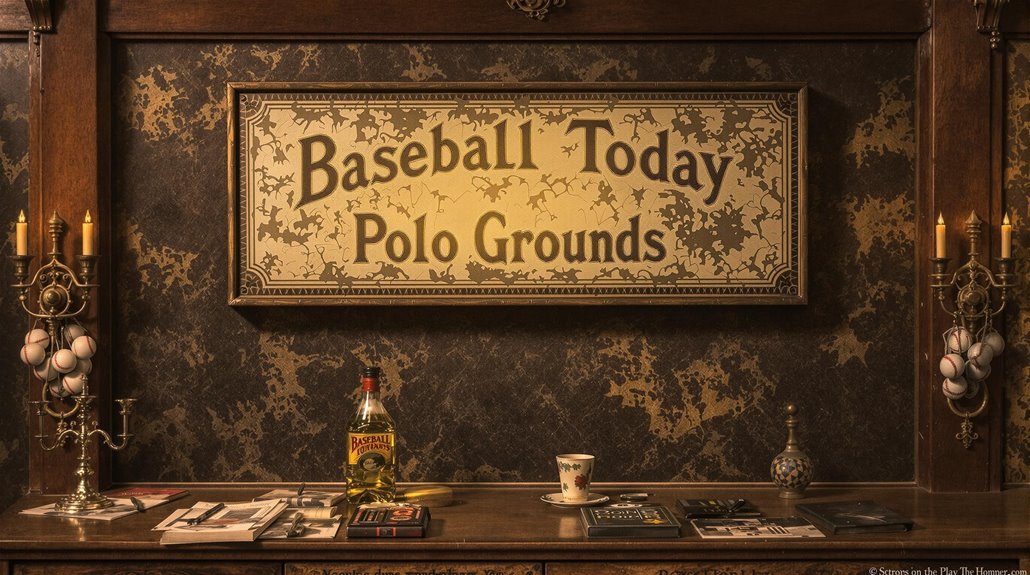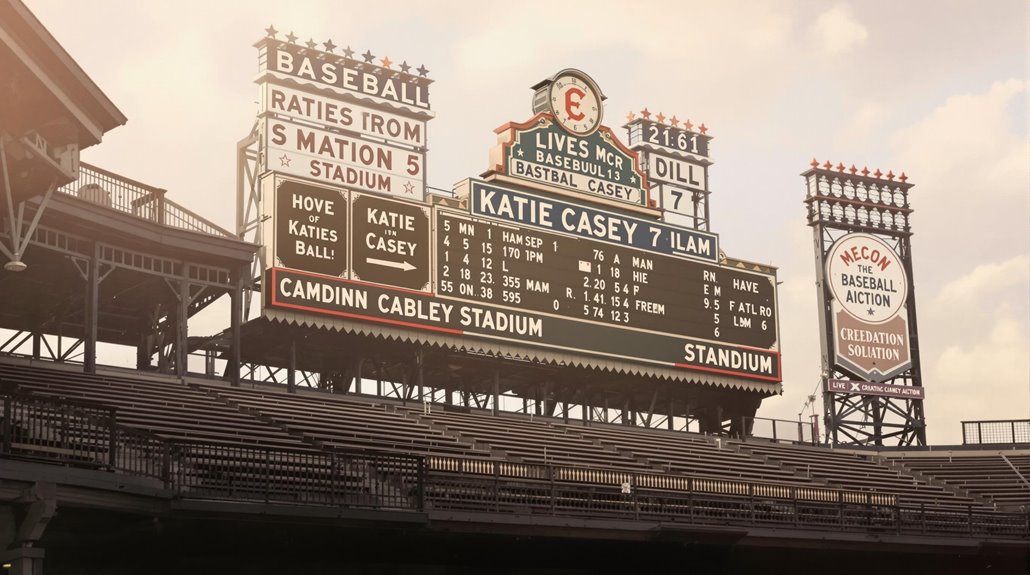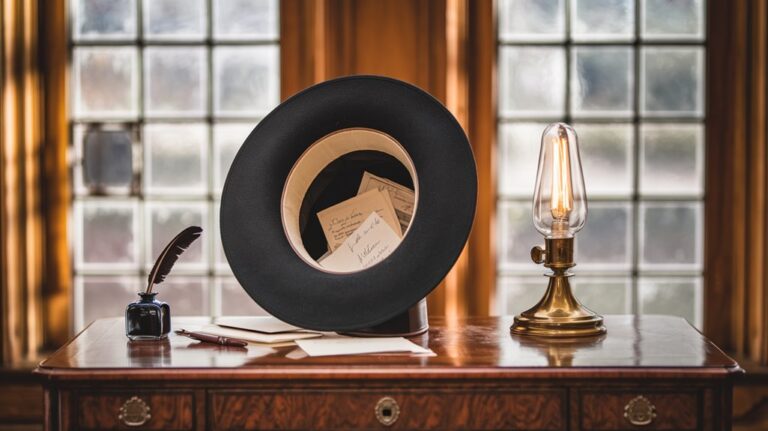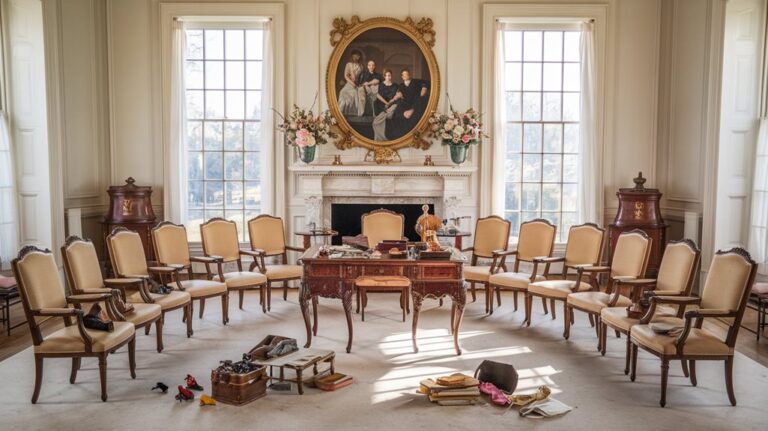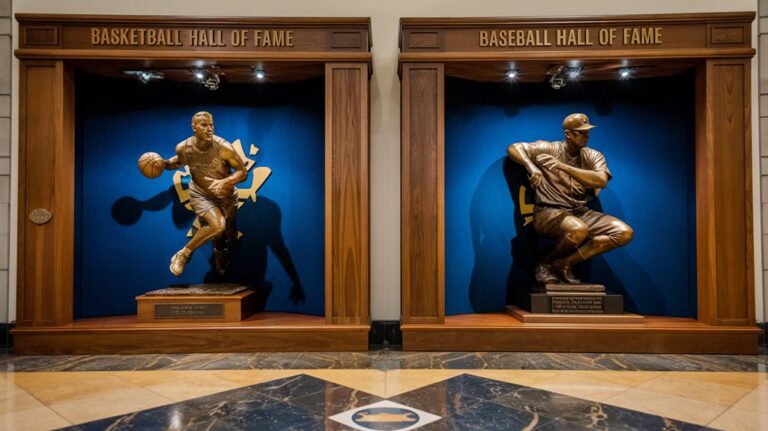The Writers of “Take Me Out to the Ball Game” Never Saw a Game
Picture yourself humming baseball's most famous melody while having never set foot in a ballpark—that's exactly what its creators did. You might find it hard to believe, but Jack Norworth and Albert Von Tilzer wrote "Take Me Out to the Ball Game" without experiencing America's pastime firsthand. Their subway-inspired creation went on to become baseball's unofficial anthem, proving you don't need insider knowledge to craft something timeless. The story behind this accidental masterpiece reveals how creativity can flourish in the most unexpected places.
The Surprising Origins Behind Baseball's Beloved Song
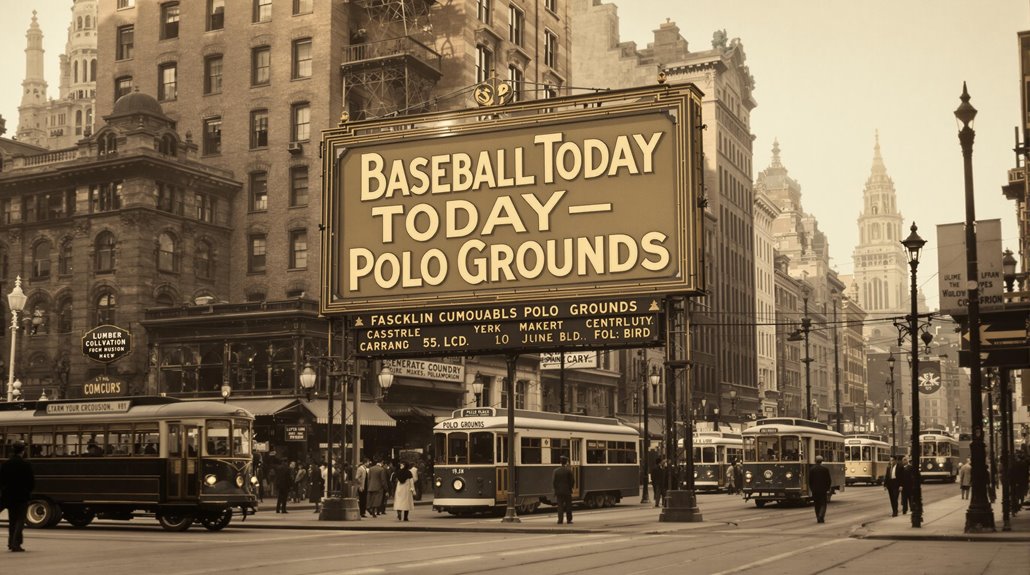
While "Take Me Out to the Ball Game" stands as baseball's quintessential anthem, its creators had surprisingly never set foot in a baseball stadium when they wrote it.
In 1908, Jack Norworth spotted a subway advertisement for a game at the Polo Grounds, which sparked his creativity. He jotted down the baseball lyrics on the back of an envelope during his subway ride, despite having no firsthand knowledge of the sport.
His collaborator, Albert Von Tilzer, composed the music with equal detachment from America's pastime. Their purely artistic partnership produced an instant hit that topped charts for seven weeks. Edward Meeker recorded the song for Edison Records that same year. The song would become one of the most recognizable songs in the United States, alongside "The Star-Spangled Banner" and "Happy Birthday."
You might find it hard to believe that Norworth wouldn't attend his first game until 32 years later, while Von Tilzer waited 20 years for his first ballpark experience. The song inspiration came purely from chance, not from any connection to baseball.
From Subway Sign to Cultural Phenomenon
The humble subway sign that inspired "Take Me Out to the Ball Game" launched one of America's most enduring cultural touchstones. When Jack Norworth spotted "Baseball Today – Polo Grounds" during his subway ride in 1908, he couldn't have imagined the legacy he'd create.
His unexpected collaboration with Albert Von Tilzer produced an instant hit, despite neither having attended a baseball game. The song's protagonist, Katie Casey, represented a new era of independent women who loved baseball. The song quickly gained popularity through vaudeville performances across the nation.
You'd be surprised to learn that this beloved anthem didn't reach baseball stadiums until 1934. Starting as entertainment during movie theater reel changes, it gradually found its way to America's ballparks.
By the 1950s, it became the unofficial seventh-inning stretch song, with Harry Caray's rendition cementing its place in baseball tradition.
Today, you'll find it recognized by the Library of Congress and cherished worldwide, from American stadiums to Japanese elevators.
Katie Casey: The Forgotten Baseball Fan
Behind the iconic melody lies a groundbreaking character – Katie Casey, a passionate female baseball fan who challenged early 20th-century social norms.
Like the writing process approach emphasized in modern education, Katie's story evolved through multiple revisions and interpretations over time.
Katie's baseball passion wasn't just about cheering from the sidelines; she'd argue with umpires and stand front-row at games, displaying deep knowledge of players and statistics. Jack Norworth wrote the famous lyrics in 1908 without ever attending a baseball game himself.
You might recognize traces of vaudeville actress Trixie Friganza in Katie's character, as both women embodied the independent "New Woman" of their era.
At a time when women rarely attended ballparks, Katie Casey's portrayal helped normalize female presence in these male-dominated spaces.
The character resonated with the women's suffrage movement, encouraging ballpark owners to welcome female fans.
They believed women would bring refinement to the atmosphere, inadvertently advancing feminist ideals through America's favorite pastime.
A Song's Journey to the Seventh-Inning Stretch
Despite its status as baseball's quintessential anthem, "Take Me Out to the Ball Game" didn't find its way to stadiums until decades after its 1908 debut. While the song dominated popular culture and topped charts in its release year, baseball history shows that fans wouldn't hear it at actual games until 1934, when it first played at a Los Angeles high school game before reaching the major leagues.
The original lyrics featured a character named Katie Casey, a passionate female baseball fan who challenged gender norms of the early 1900s. The song's adaptation into baseball's beloved seventh-inning stretch tradition was a gradual process that took decades to solidify.
You can thank Harry Caray for helping cement this custom – in 1976, he began leading White Sox crowds in singing the tune during game breaks.
When Caray moved to the Cubs in 1982, his nationally broadcasted sing-alongs transformed the song into the cherished baseball ritual you know today.
Legacy of an Accidental Baseball Anthem
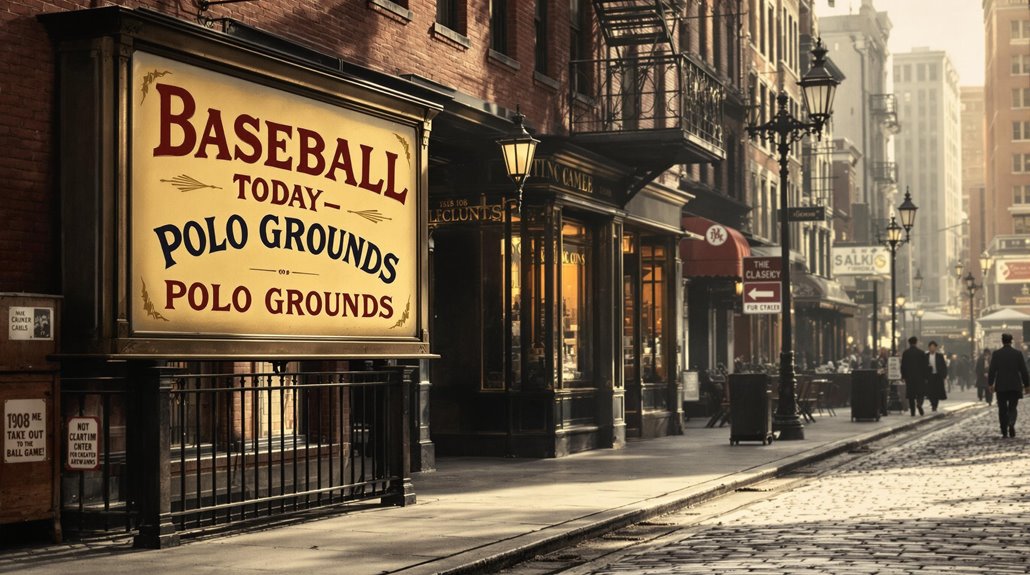
What started as a simple Tin Pan Alley tune has grown into baseball's most cherished musical tradition, shaping American culture far beyond the ballpark.
The song's cultural nostalgia connects generations of fans while its feminist impact helped normalize women's presence at baseball games.
Written by Albert Von Tilzer and Jack Norworth in 1908, the song became an instant sensation despite neither creator having attended a baseball game at the time.
Like Captain Sisko's team celebrating their single run against the Vulcans, the song represents the triumph of spirit over mere victory.
You'll find the song's enduring legacy reflected in:
- Its 2010 addition to the National Recording Registry, cementing its historical significance
- Its worldwide recognition thanks to simple, memorable lyrics
- Its influence on popular culture through films, TV shows, and countless adaptations
- Its role in promoting women's participation in sports, starting with the original Katie Casey lyrics
Today, you can't imagine baseball without this accidental anthem that's united fans, broken gender barriers, and created lasting memories for over a century.

